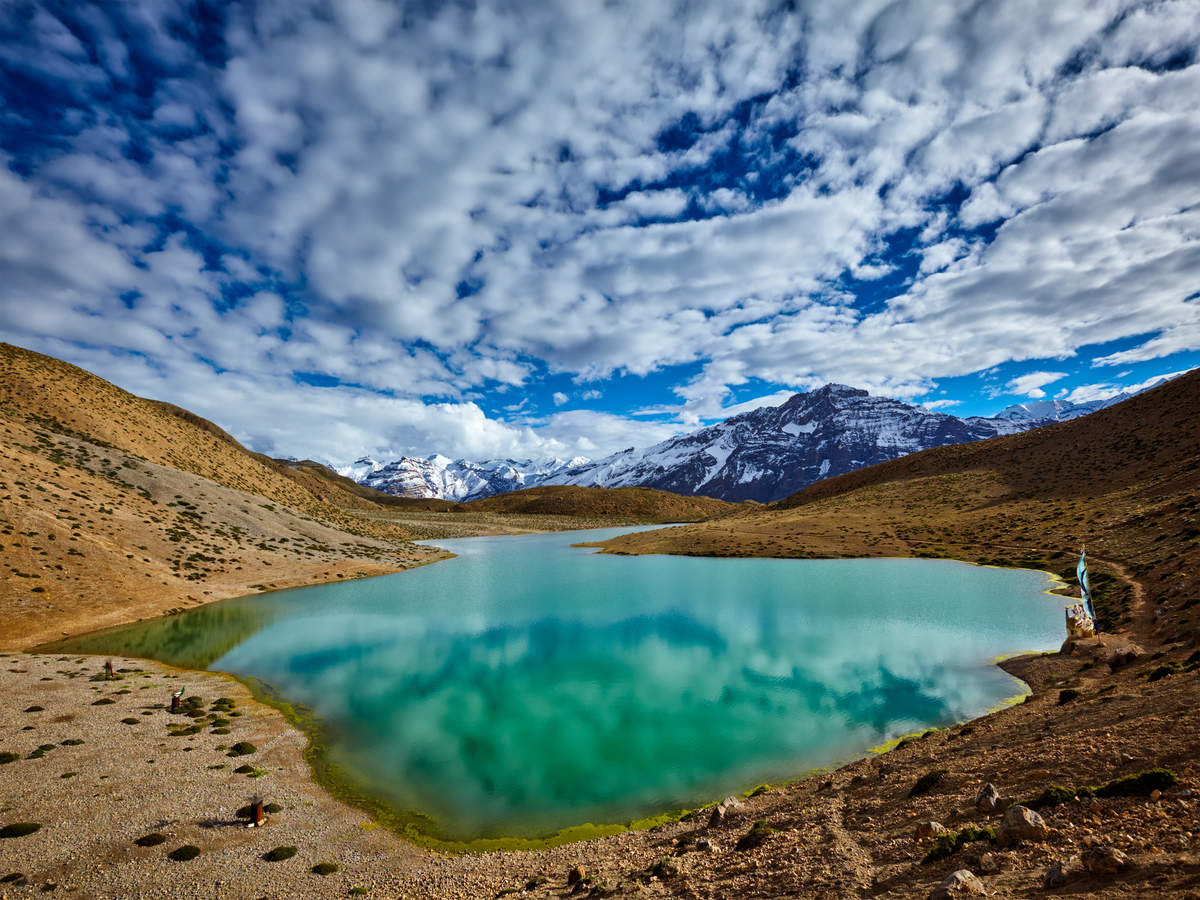Spiti Tour Package – Explore the Stunning Valley from Delhi
Published on March 20, 2025
Introduction to Spiti Valley
Spiti Tour Package : Spiti Valley, a remote cold desert in the Indian Himalayas, is a dream destination for adventure lovers, nature enthusiasts, and cultural explorers. Known for its stark landscapes, ancient monasteries, and rugged roads, a Spiti Valley Tour offers an unparalleled experience. Whether you're trekking through high-altitude passes or exploring centuries-old Buddhist heritage, a Spiti Tour Package ensures an unforgettable journey.
Geography and Location
Spiti Valley lies in Himachal Pradesh, bordering Tibet, at an elevation of over 12,500 feet. The valley is often compared to Ladakh due to its barren yet mesmerizing terrain. The Spiti River flows through the valley, adding to its dramatic beauty.
Climate and Best Time to Visit
Spiti Valley experiences extreme climatic conditions. Summers (May to September) are the best time for a Spiti Valley Tour, while winters (October to April) are ideal for those seeking a snow-laden adventure.
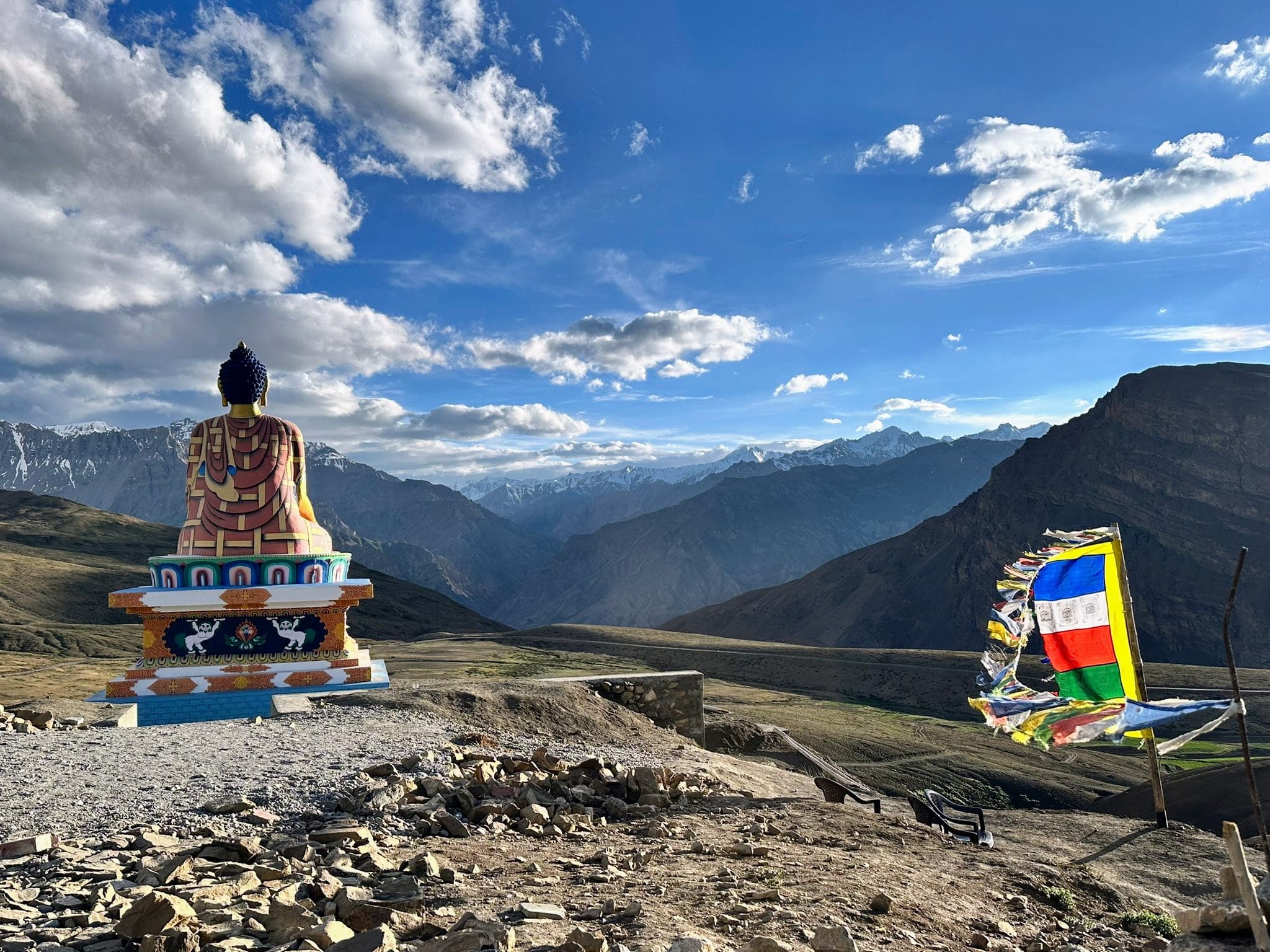
Cultural and Spiritual Significance
Spiti is home to some of the oldest Buddhist monasteries, such as Key Monastery and Tabo Monastery, making it an important spiritual center. The influence of Tibetan Buddhism is evident in the culture, festivals, and lifestyle of the locals.
Adventure and Activities in Spiti Valley
1. Spiti Valley Trekking
For trekking enthusiasts, Spiti Valley Trekking offers several scenic trails, including:
-
Pin-Parvati Pass Trek: A challenging trek linking Spiti to Kullu.
-
Kanamo Peak Trek: A high-altitude climb offering breathtaking views.
-
Dhankar Lake Trek: A short yet rewarding trek near Dhankar Monastery.
2. River Rafting in Spiti
The Spiti River offers thrilling rapids for white-water rafting enthusiasts. The best season for rafting is during the summer months.
3. Spiti Valley Adventure
Adventure seekers can indulge in off-roading, rock climbing, and high-altitude camping, making Spiti Valley Adventure a must for thrill-seekers.
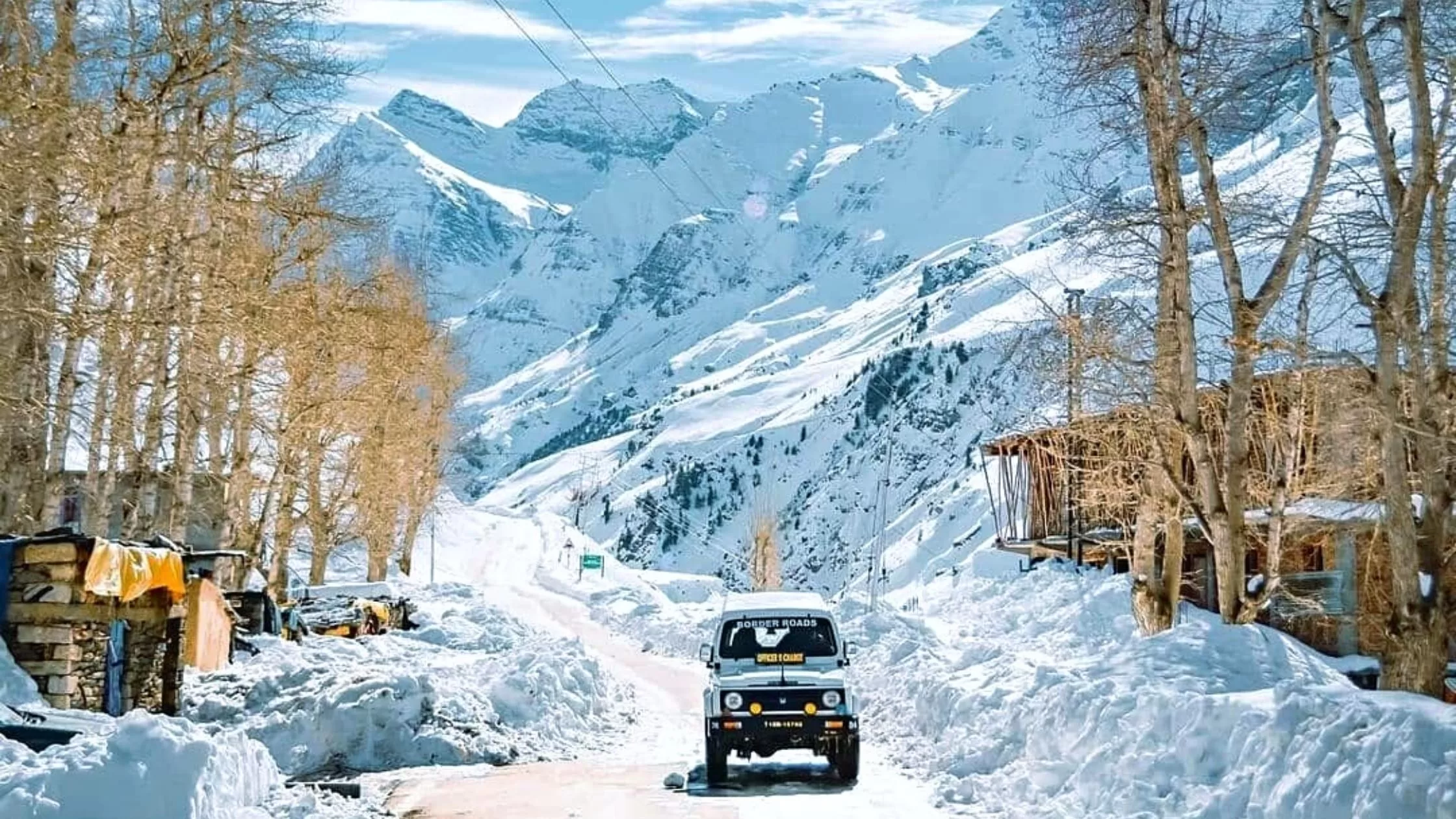
4. Exploring High-Altitude Villages
Some of the highest inhabited villages in the world are in Spiti:
-
Komic: The world’s highest motorable village.
-
Hikkim: Home to the highest post office.
-
Langza: Famous for fossils and scenic beauty.
Must-Visit Places in Spiti Valley
1. Key Monastery
Perched on a hilltop, Key Monastery is Spiti’s most iconic Buddhist center, known for its stunning murals and spiritual aura.
2. Chandratal Lake
A Spiti Tour Package is incomplete without visiting Chandratal Lake, a stunning high-altitude lake offering mesmerizing reflections of the surrounding mountains.
3. Tabo Monastery
One of the oldest Buddhist monasteries, Tabo Monastery is a UNESCO World Heritage Site, known for its ancient frescoes and spiritual significance.
4. Pin Valley National Park
Home to snow leopards and rare Himalayan wildlife, Pin Valley National Park is a paradise for wildlife lovers and photographers.
5. Dhankar Monastery
Located on a cliff, Dhankar Monastery provides breathtaking views of the valley and is a must-visit for history and spirituality lovers.
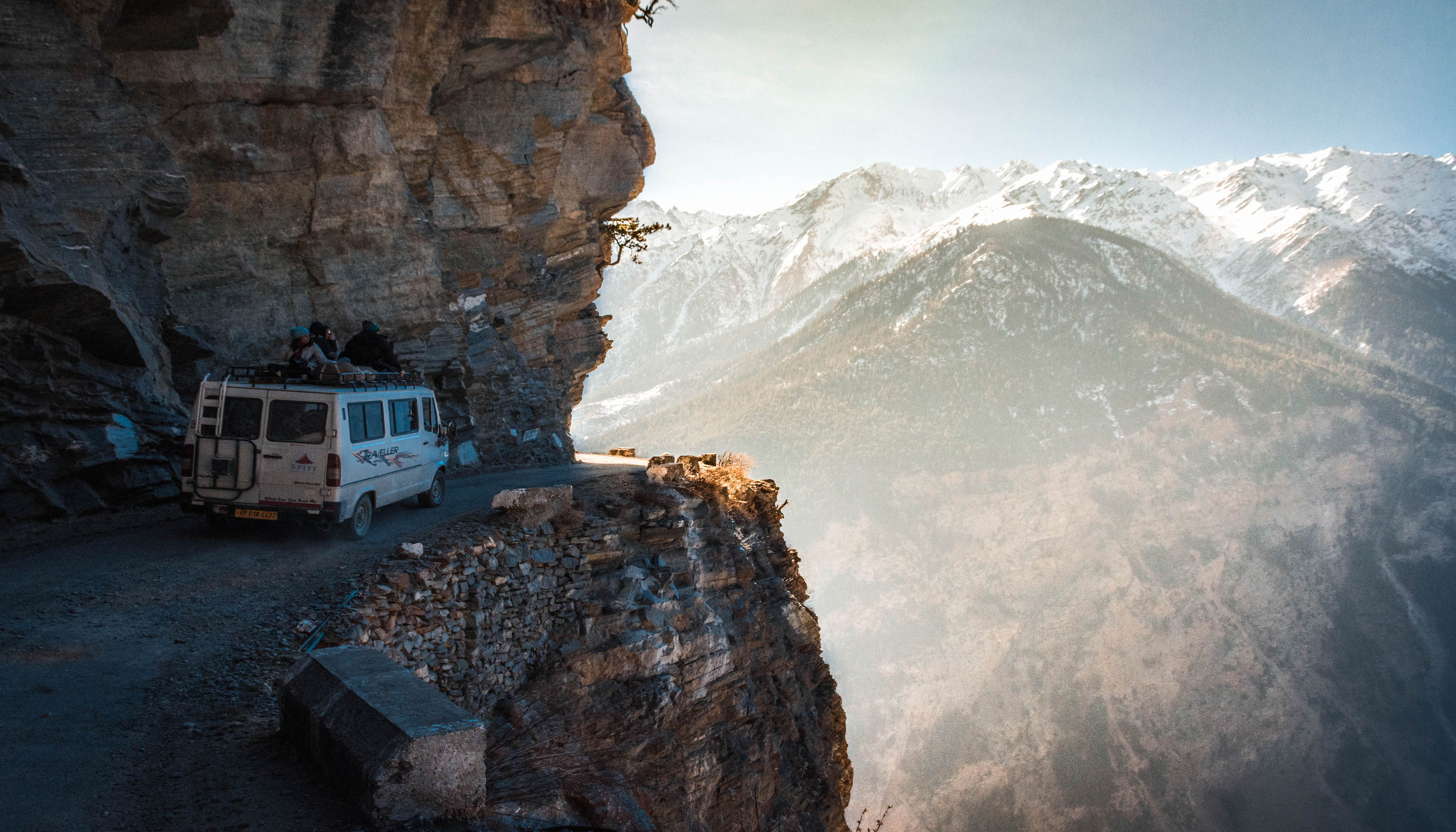
Why Choose a Spiti Tour Package from Delhi?
Traveling from Delhi to Spiti Valley requires careful planning due to the high-altitude terrain and long travel hours. A well-organized Spiti Tour Package ensures a hassle-free journey with pre-arranged accommodations, meals, permits, and guided tours to must-visit locations. Whether you're an adventure seeker, nature lover, or cultural enthusiast, a Spiti Valley Tour guarantees an unforgettable experience.
Best Routes to Reach Spiti Valley from Delhi
There are two primary routes to reach Spiti Valley from Delhi:
-
Via Manali (Shorter but Tougher Route) – Covering approximately 750 km, this route takes you through Manali, Rohtang Pass, and Kunzum Pass before entering Kaza, the main town of Spiti.
-
Via Shimla (Longer but Scenic Route) – This 900 km route offers a gradual ascent, allowing better acclimatization. It passes through Narkanda, Reckong Peo, and Tabo before reaching Kaza.
Must-Visit Places in Spiti Valley
1. Key Monastery
One of the oldest and largest monasteries in Spiti, Key Monastery is a must-visit for its spiritual aura and stunning views of the valley.
2. Chandratal Lake
Known as the ‘Moon Lake,’ Chandratal Lake is famous for its crystal-clear blue waters, making it a prime spot for camping and photography.
3. Tabo Monastery
Over 1,000 years old, Tabo Monastery is a UNESCO World Heritage Site and a significant Buddhist learning center.
4. Pin Valley National Park
Home to the elusive snow leopard, Pin Valley National Park is perfect for wildlife enthusiasts and trekkers.

5. Dhankar Monastery
Perched on a cliff, Dhankar Monastery offers breathtaking panoramic views of the Spiti River and the valley.
Adventure Activities in Spiti Valley
Spiti Valley is an adventure lover’s paradise. From high-altitude treks to river rafting and off-roading, the valley offers a plethora of adrenaline-pumping activities. A Spiti Tour Package isn’t just about sightseeing; it’s about experiencing the raw, untouched beauty of the region while indulging in thrilling adventures. Whether you’re a trekker, biker, or nature lover, Spiti Valley Adventure has something for everyone.
Spiti Valley Trekking – A Journey Through the Himalayas
Spiti is known for its breathtaking treks, which offer a mix of challenging terrain, mesmerizing views, and spiritual experiences.
Best Trekking Routes in Spiti
a. Pin-Parvati Pass Trek
One of the most challenging treks in the region, the Pin-Parvati Pass Trek connects the lush green Parvati Valley with the arid landscapes of Spiti. This 100-km trek takes about 10-12 days and offers breathtaking views of glaciers, meadows, and towering peaks.
b. Kanamo Peak Trek
For those looking to summit a high-altitude peak, Kanamo Peak Trek is perfect. Starting from Kibber, this trek reaches an altitude of over 19,500 feet, making it a dream for seasoned trekkers.
c. Dhankar Lake Trek
A relatively easy but rewarding trek, the Dhankar Lake Trek leads to a pristine alpine lake above Dhankar Monastery. The reflections of the mountains in the lake make it an excellent spot for photography and meditation.
d. Chandratal Lake Trek
One of the highlights of any Spiti Valley Tour, the Chandratal Lake Trek is a must-do for nature lovers. The crystal-clear lake, surrounded by snow-capped peaks, is a sight to behold, especially during sunrise and sunset.
River Rafting in Spiti – Conquer the Rapids
For thrill-seekers, Spiti Valley Adventure is incomplete without experiencing white-water rafting. The Spiti River, with its exciting rapids, offers an exhilarating ride through deep gorges and stunning landscapes.
-
Best Time: June to September
-
Difficulty Level: Moderate to Challenging
-
Starting Points: Rangrik and Kaza
Off-Roading and Biking – Conquer the Rugged Terrain
For those who love road trips, a Spiti Valley Tour is one of the most exciting journeys you can embark on. The treacherous roads, river crossings, and breathtaking views make it a paradise for bikers and off-road enthusiasts.
-
Popular Routes:
-
Manali to Spiti via Kunzum Pass
-
Shimla to Spiti via Kinnaur
-
Kaza to Chicham Bridge
-
Camping Under the Stars – A Night to Remember
Spiti Valley’s remote location makes it an ideal place for camping. Whether by Chandratal Lake or in the villages of Kibber and Langza, the clear night sky offers mesmerizing views of the Milky Way and shooting stars.
-
Best Camping Spots:
-
Chandratal Lake
-
Komic and Hikkim villages
-
Pin Valley National Park
-
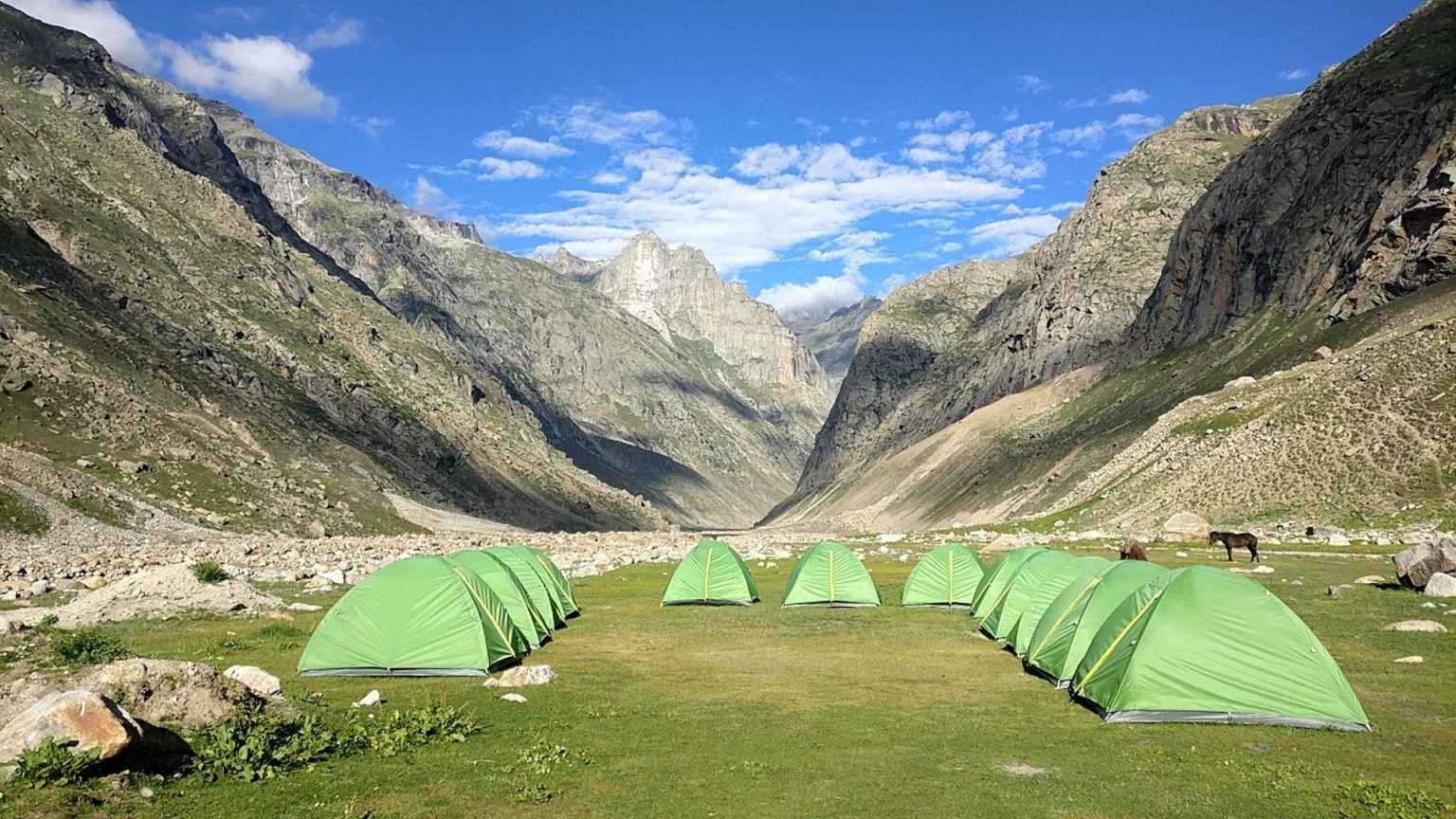
Exploring High-Altitude Villages – A Cultural Adventure
Spiti Valley is home to some of the world’s highest inhabited villages. Exploring these settlements provides a glimpse into the simple yet culturally rich life of the locals.
-
Komic – The highest motorable village in the world.
-
Hikkim – Home to the world’s highest post office.
-
Langza – Famous for ancient fossils and stunning landscapes.
-
Kibber – Gateway to wildlife and snow leopard sightings.
Wildlife Safari – Spot the Rare Himalayan Creatures
For nature lovers, Spiti is a haven for rare wildlife, including the elusive snow leopard. Pin Valley National Park is one of the best places for a wildlife safari.
-
Commonly Sighted Animals:
-
Snow Leopards
-
Himalayan Ibex
-
Blue Sheep
-
Red Fox
-
Photography and Stargazing – Capture the Magic of Spiti
Spiti’s breathtaking landscapes make it a paradise for photographers. Whether it’s the monasteries, the high-altitude lakes, or the vast desert terrain, every corner of Spiti is photogenic.
-
Best Locations for Photography:
-
Key Monastery
-
Chandratal Lake
-
Dhankar Monastery
-
Hikkim Post Office
-
For astronomy lovers, the pollution-free skies of Spiti make it an incredible location for stargazing and astrophotography.
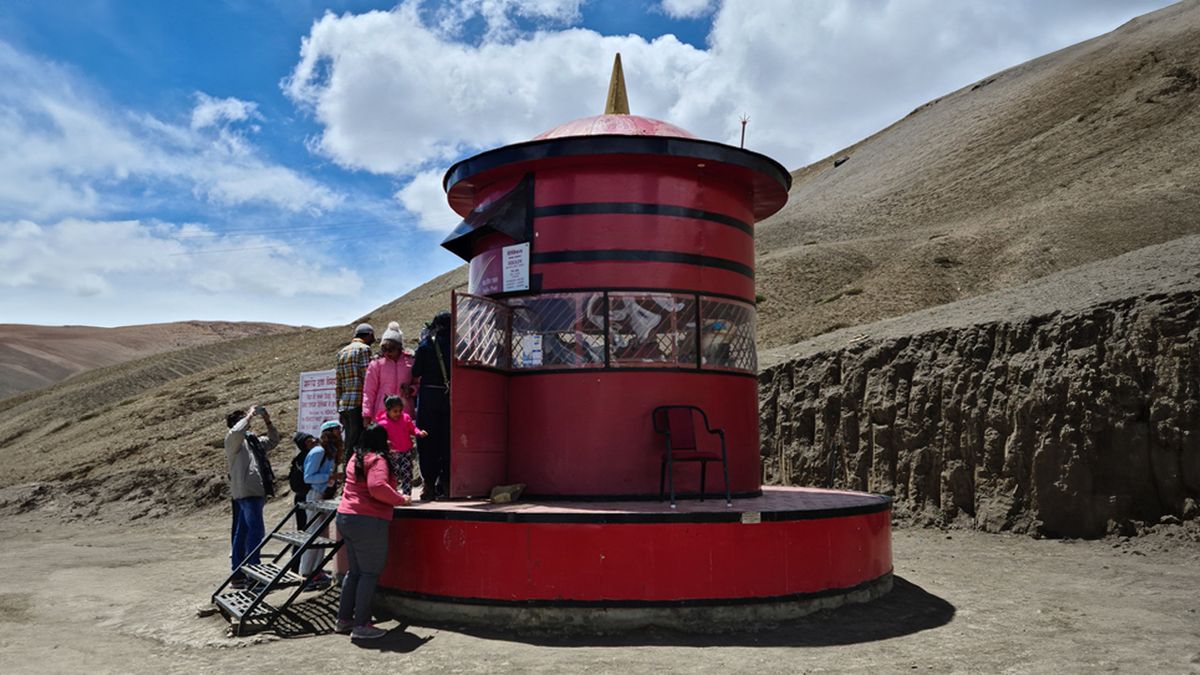
Visiting Ancient Monasteries – A Spiritual Adventure
Buddhism is an integral part of Spiti Valley’s culture. Some of the oldest and most beautiful monasteries in India are found here.
-
Key Monastery – The largest and most famous monastery in Spiti.
-
Tabo Monastery – Over 1000 years old and a UNESCO World Heritage Site.
-
Dhankar Monastery – A cliffside monastery with stunning valley views.
Snow Adventures in Winter – Embrace the Cold
If you visit during the winter months (October to April), Spiti transforms into a white wonderland. The heavy snowfall makes it perfect for winter trekking, ice climbing, and snow camping.
-
Popular Winter Treks:
-
Kibber to Chicham Snow Trek
-
Hikkim to Langza Trek
-
Snow Leopard Expedition in Pin Valley
-
Local Cuisine and Food Trails – Savor the Tibetan Flavors
A Spiti Valley Tour is incomplete without tasting the local cuisine. The food is heavily influenced by Tibetan flavors and is perfect for the cold climate.
-
Must-Try Dishes:
-
Thukpa – Tibetan noodle soup
-
Momos – Dumplings filled with vegetables or meat
-
Butter Tea – A staple in the region
-
Chhang – Local barley beer
-

Best Time to Visit Spiti Valley
Spiti Valley, known for its breathtaking landscapes, remote monasteries, and thrilling adventures, is a destination that offers a unique experience in every season. Whether you seek snow-covered mountains, vibrant summer meadows, or offbeat monsoon beauty, choosing the right time to visit is crucial. This guide will help you decide the best time to visit Spiti Valley, covering all seasons in detail while integrating keywords such as Spiti Tour Package, Spiti Valley Tour, Spiti Valley Trekking, Spiti Valley Adventure, and Spiti Valley Travel to make your trip well-planned and enjoyable.
Spring Season (March to April): The Rebirth of Nature
Spring is when Spiti Valley slowly wakes up from its long winter slumber. The landscape begins to transform, with the snow starting to melt, revealing green meadows and clear blue skies. Although Spiti remains cold during these months, the weather is bearable compared to harsh winter conditions.
Why Visit Spiti in Spring?
-
Ideal time for travelers looking for fewer crowds and peaceful exploration.
-
Enjoy the early blooming of alpine flowers and stunning river views.
-
A great season for Spiti Valley Trekking, with trails opening up.
-
Less harsh weather conditions compared to peak winter.
Things to Do in Spring
-
Explore Monasteries: Visit ancient monasteries such as Key Monastery and Tabo Monastery without large tourist crowds.
-
Road Trips and Photography: Capture the mesmerizing landscape as the valley transitions from snow-covered to lush greenery.
-
Spiti Valley Adventure: Experience offbeat trails that start becoming accessible.
Summer Season (May to June): The Peak Travel Season
Summer is undoubtedly the best time to visit Spiti Valley if you want clear roads, pleasant weather, and easy access to all major attractions. This is also when most Spiti Tour Package options are available, making travel hassle-free.
Why Visit Spiti in Summer?
-
Best time for road trips, as the roads via Manali and Shimla are fully operational.
-
Comfortable weather with daytime temperatures ranging from 15°C to 25°C.
-
Ideal for Spiti Valley Travel with friends, family, or solo.
-
The most popular time for trekking and adventure activities.
Things to Do in Summer
-
Camping Under the Stars: Experience an unforgettable night at Chandratal Lake.
-
Spiti Valley Trekking: Explore famous treks like Pin Parvati Pass and Dhankar Lake Trek.
-
Visit Villages: Drive to the world's highest inhabited villages like Kibber, Langza, and Hikkim.
-
Wildlife Spotting: See Himalayan blue sheep and other unique species in their natural habitat.

Monsoon Season (July to September): The Offbeat Explorer's Choice
Monsoon in Spiti Valley is different from other regions of India. Since Spiti lies in a rain-shadow area, it does not receive heavy rainfall like other hill stations. However, landslides and roadblocks on the route from Manali and Shimla can be a challenge.
Why Visit Spiti in Monsoon?
-
Lesser crowd, making it an excellent time for photographers and offbeat travelers.
-
A magical time to witness Spiti’s barren mountains in their most dramatic form.
-
Unique opportunity for Spiti Valley Adventure, as river crossings and unpredictable weather make travel thrilling.
Things to Do in Monsoon
-
Chandratal Lake Visit: One of the most serene places, with stunning reflections on the lake.
-
Spiti Valley Tour: Explore ancient monasteries like Dhankar Monastery under misty weather.
-
Cultural Experiences: Attend the unique Ladarcha Fair in Kaza.
-
Trekking & Road Trips: Travel with caution as roads can be tricky, but the beauty of Spiti Valley is unparalleled in this season.
Autumn Season (October to November): The Golden Glow
Autumn in Spiti Valley is often overlooked, but it is one of the best times for a quiet and immersive experience. The weather remains cool, and the golden hues of fall create a stunning contrast against the stark mountains.
Why Visit Spiti in Autumn?
-
Perfect for Spiti Valley Travel if you enjoy peace and solitude.
-
Clear skies, offering the best views of the Himalayan peaks.
-
Ideal for cultural interactions as locals prepare for winter.
-
A great season for Spiti Valley Tour photographers capturing the valley's unique landscapes.
Things to Do in Autumn
-
Photography & Sightseeing: Experience the valley in golden shades.
-
Trekking & Exploring Hidden Gems: Trails are still accessible before winter sets in.
-
Village Stays: Immerse in local life by staying in traditional homestays.

Winter Season (December to February): The Extreme Beauty
Winter in Spiti is for the brave-hearted. The valley is covered in a thick layer of snow, and temperatures can drop to as low as -20°C. However, for those seeking adventure, Spiti Valley Trekking in winter is an experience like no other.
Why Visit Spiti in Winter?
-
Experience the true wilderness of the Himalayas.
-
The rare opportunity to witness the elusive Snow Leopard.
-
Adventure lovers can indulge in Spiti Valley Adventure like frozen river treks.
-
Get an authentic experience of Spiti's isolated beauty.
Things to Do in Winter
-
Snow Leopard Expedition: Join a guided tour for a chance to see this rare big cat.
-
Trekking & Photography: The frozen landscapes offer some of the most surreal photography opportunities.
-
Winter Festivals: Experience local winter traditions and festivals.
-
Frozen Waterfalls & Lakes: See breathtaking frozen wonders like Dhankar Lake.
Local Culture and Festivals
A Spiti Valley Tour is also a cultural journey. The valley hosts several vibrant festivals, such as:
-
Losar Festival (Tibetan New Year)
-
Fagli Festival (Celebrating winter’s end)
-
Ladarcha Fair (A trade fair with cultural performances)
Accommodation Options in Spiti Valley
A Spiti Tour Package includes various accommodations, from budget-friendly homestays to luxury campsites. Some popular places to stay include:
-
Kaza: Hotels and guesthouses with modern amenities.
-
Tabo & Dhankar: Monastery guesthouses for a unique stay.
-
Chandratal Lake: Campsites with bonfire nights.
Essential Travel Tips for Spiti Valley
-
Acclimatization: Spend a day in Reckong Peo or Kaza to adjust to the high altitude.
-
Packing Essentials: Carry warm clothes, sunscreen, and a first-aid kit.
-
Mobile Connectivity: BSNL is the only network with partial coverage.
-
Fuel Availability: Refuel in Manali or Kaza as petrol pumps are sparse.
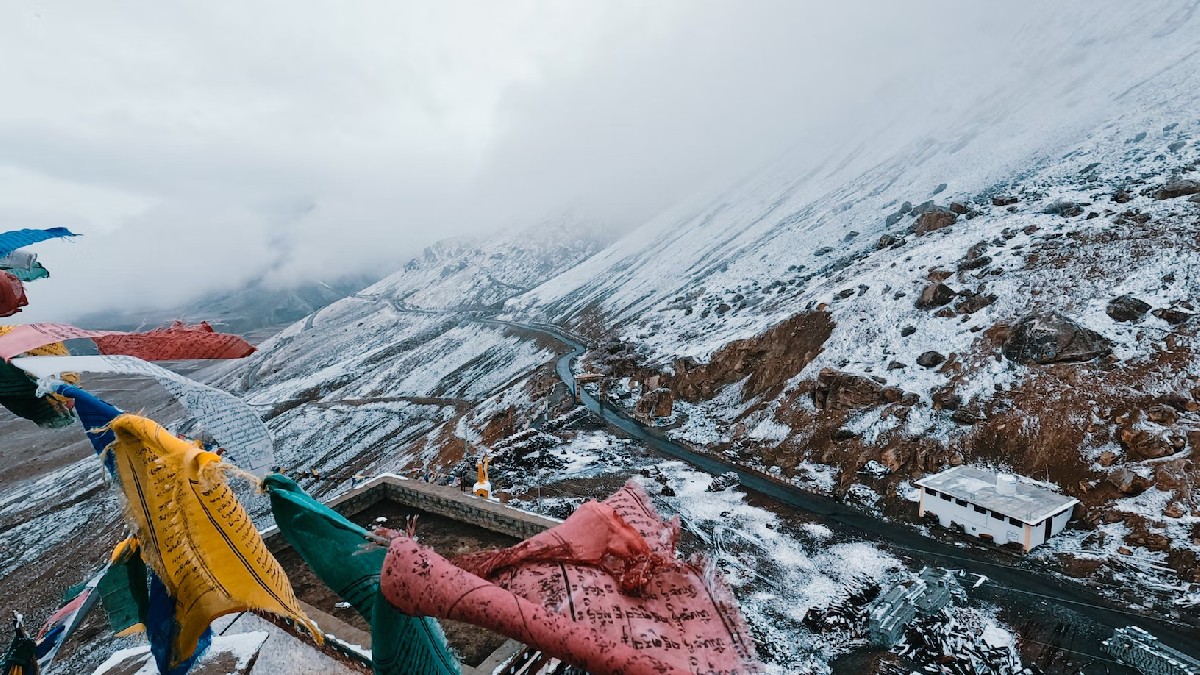
Frequently Asked Questions(FAQ)
Which month to visit Spiti?
The best time to visit Spiti Valley is between March and June when the weather is pleasant and cool. During these months, visitors can enjoy thrilling adventures such as trekking, camping, hiking, mountain biking, and various other outdoor activities.
How to plan a Spiti Valley trip?
To plan a trip to Spiti Valley from Bengaluru, consider flying to Bhuntar (Kullu) Airport and then taking a bus or hiring a vehicle to Manali, followed by a road trip to Spiti Valley, focusing on key attractions like Chandratal Lake, Key Monastery, and Tabo Monastery.
Do we need oxygen in Spiti?
In conclusion, while the oxygen levels in Spiti are lower than at sea level, most people do not require supplemental oxygen.
Why is Spiti famous?
The dominant feature of Spiti valley is its Buddhist culture. The naked & rugged snow top mountains, sparsely populated villages at long distances, beautiful blue sky & equally beautiful blue Spiti River are the main features of this isolated land.
Is there snowfall in Spiti Valley?
From October to February, Spiti Valley experiences harsh winters, with extreme cold temperatures and heavy snowfall. The region becomes a winter wonderland, covered in a pristine white blanket of snow.
Is Spiti Valley better than Ladakh?
Ladakh is more of an adventure place where you can do lot of different activities like trekking, camping and white water rafting. – Spiti is considered to be a spiritual journey into different monasteries and cultures where you can enjoy the silence and mentally calm yourself down.
Can we drink in Spiti Valley?
Spiti Valley is home to a predominantly Buddhist population, and many locals abstain from alcohol. While they generally tolerate tourists consuming alcohol, it's considered respectful to avoid drinking in public places, especially near religious sites.
Is Spiti Valley safe for girl?
Yes, Spiti Valley is generally considered safe for girls to travel to, especially when taking the necessary precautions like traveling in groups, being aware of your surroundings, and respecting local customs, but it's important to be mindful of the remote terrain and weather conditions which can present challenges for any traveler, regardless of gender.
Which juice is famous in Spiti?
Sea Buckthorn Juice
Spiti Valley is blessed with an abundance of sea buckthorn berries, which are known for their exceptional health benefits. The juice extracted from these vibrant orange berries is a popular local beverage in the region.
Is Spiti costly?
Food + Accommodation + Miscellaneous Budget of Spiti Trip
come about Rs 900 – 1200 per day. This trip will need about nine days at the very least. So roughly you will be spending some Rs 8100 – 10800 per person for food, accommodation, and other miscellaneous expenditures.

